Home depot: a construction update from the Boijmans van Beuningen Museum
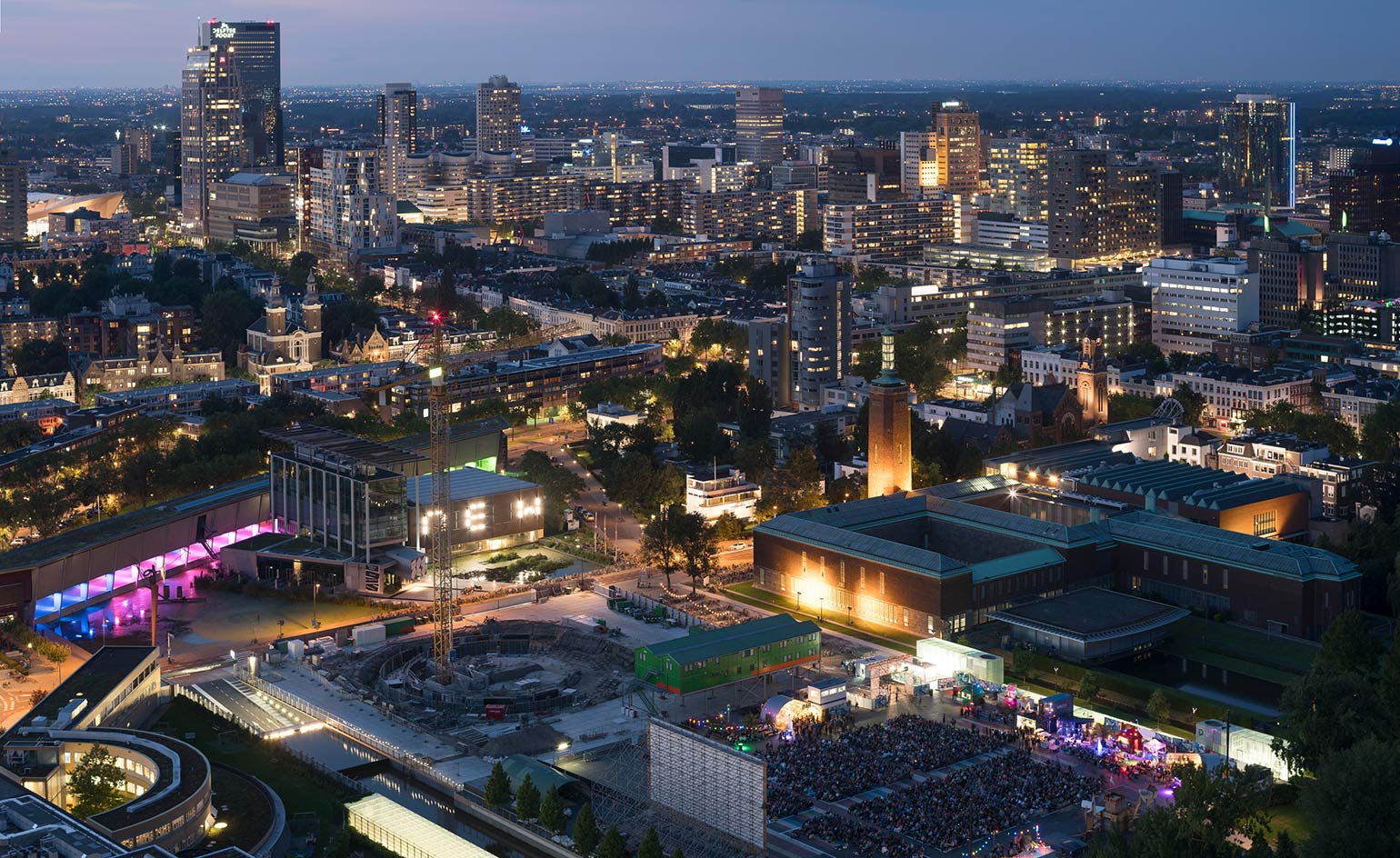
'I couldn’t believe what I was seeing,' recalls Sjarel Ex, director of Rotterdam’s Boijmans van Beuningen Museum, thinking back to when he first set eyes on MVRDV’s design for the institution’s new space.
With the museum’s encyclopaedic, city-owned collection of European art constantly threatened by floods, a new storage facility was a matter of urgency for the Boijmans. Ex also saw this as an opportunity to gather the entire collection – currently scattered across several facilities – in one centrally located venue, and open it up to the public. While his Museum has currently the ability to show a mere 8% of the collection, the new Depot will be the world’s first art storage facility that makes a staggering 99% of the collection accessible to public.
The design by MVRDV goes way beyond the core task of facilitating public access, while ensuring due security and appropriate climate control for the highly varied collection. It provides Rotterdam with a city-scale landscape-enhancing device.
The six-storey, 15,500 sq m Depot dissolves into its surroundings, due to the curved reflective facade that turns it into a giant mirror, which reflects everything, from visitors walking in, to the entire Museum Park, and Rotterdam’s ever-changing skies. Occupying a former gravel plot adjacent to the original Boijmans van Beuningen building, the project will also use the newly created plaza as a canvas for large-scale artistic interventions. These will be amplified by the curved mirror.
Reflective, double-curved glass panels are the project's greatest challenge, confirms MVRDV’s principal Winy Maas. Wishing the facade surface to appear seamless, the design team is working to reduce the gaps between the panels, from the customary 20mm, to a mere eight.
The Depot’s sugar bowl shape minimises its footprint while allowing for a large rooftop terrace with a public garden that will float, like a mirage, 40m above ground. The idea of touching the ground lightly equally applies to the construction process. The foundation piles have been screwed rather than nailed into the ground, which has made them more stable and significantly reduced noise. The changing room and site office structure is raised on stilts to keep out of the way of the Museum Park’s outdoor events.
The thickness of the curved concrete shell will vary from 55cm, to 30cm towards the top. Its ground level is being cast in situ, while the use of prefabricated elements for the upper floors will speed up the process once this is done. With a further 18 months needed to complete construction, plus another six for testing, we will have to wait until late 2019 to early 2020 for this radically new experience of the museum – and of Rotterdam itself. But it will be worth it.
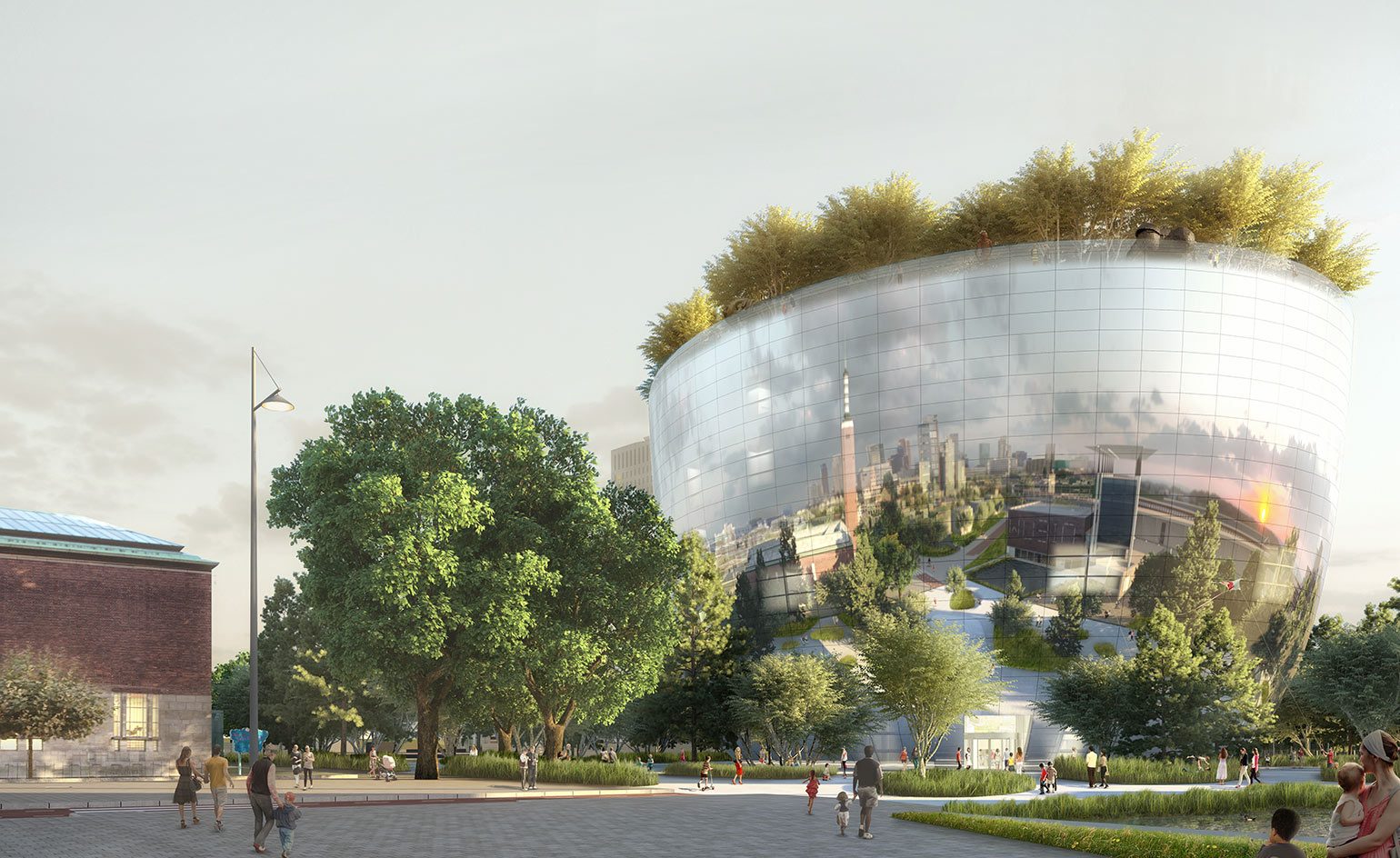
MVRDV’s design resembles a sugar bowl, which means a narrow footprint can be combined with a generous terrace at the top.

The architects ensured the construction works have a light impact on their surroundings.
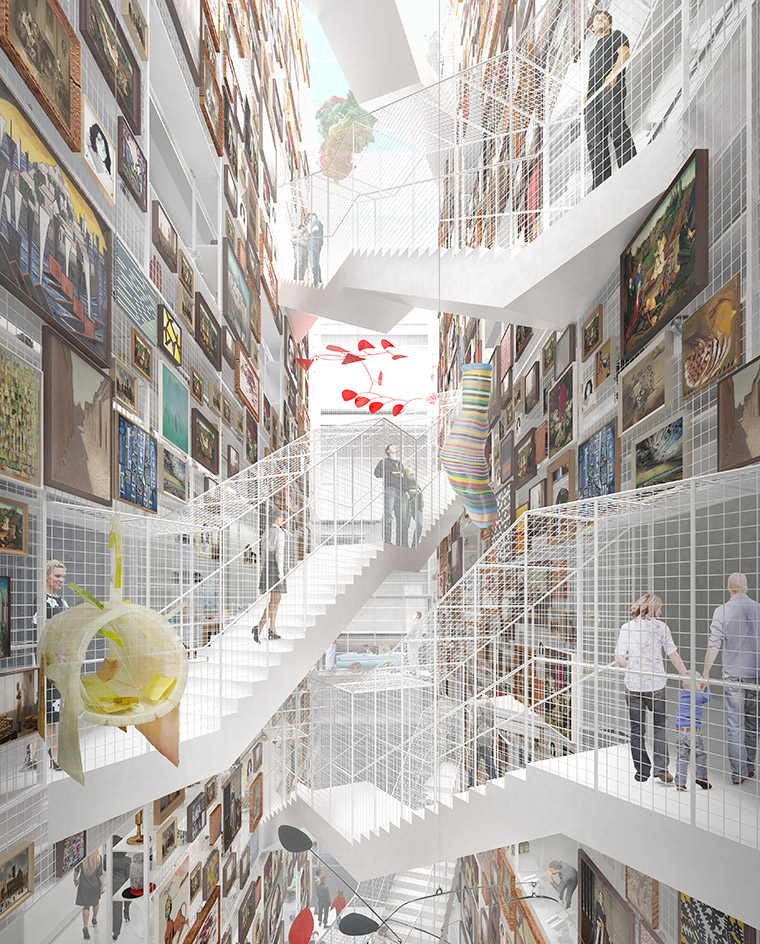
When the museum opens by 2020, it will provide a radical new experience of the art collection
INFORMATION
For more information visit the MVRDV website
Receive our daily digest of inspiration, escapism and design stories from around the world direct to your inbox.
-
 Hanker after a 1970s supercar? The Encor Series 1 elevates the Lotus Esprit to a new level
Hanker after a 1970s supercar? The Encor Series 1 elevates the Lotus Esprit to a new levelThis limited-edition remastering of the dramatic wedge-shaped Lotus Esprit stops at nothing to improve and enhance the original without losing sight of its analogue excellence
-
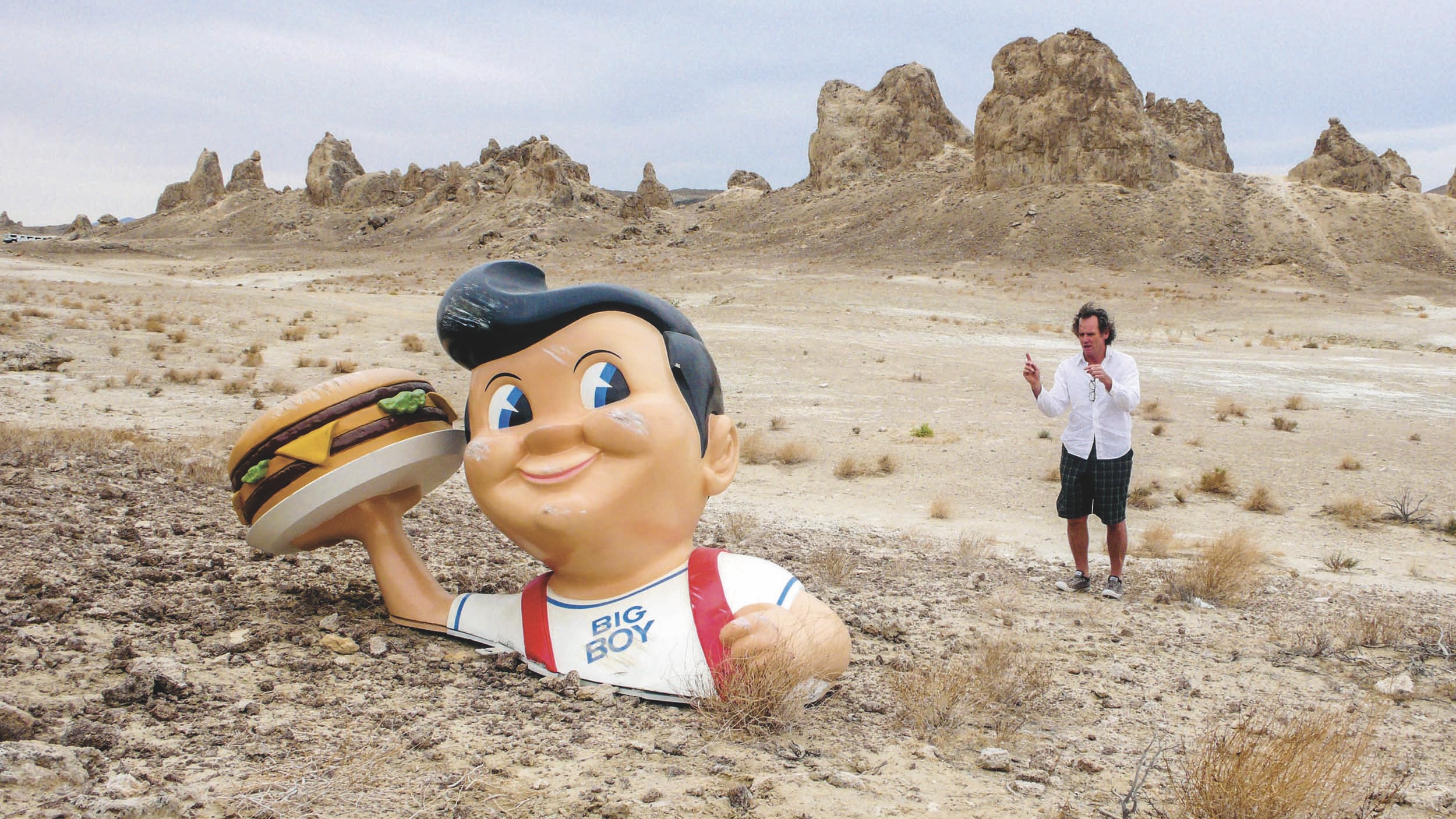 A new photo book takes you behind the scenes of some of cinema's most beloved films, from 'Fargo' to 'Charlie's Angels'
A new photo book takes you behind the scenes of some of cinema's most beloved films, from 'Fargo' to 'Charlie's Angels'Set decorator Lauri Gaffin captures Hollywood's quieter moments in an arresting new book
-
 This sculptural London seafood restaurant was shaped by ‘the emotions of the sea’
This sculptural London seafood restaurant was shaped by ‘the emotions of the sea’In Hanover Square, Mazarine pairs a bold, pearlescent interior with modern coastal cuisine led by ‘bistronomy’ pioneer chef Thierry Laborde
-
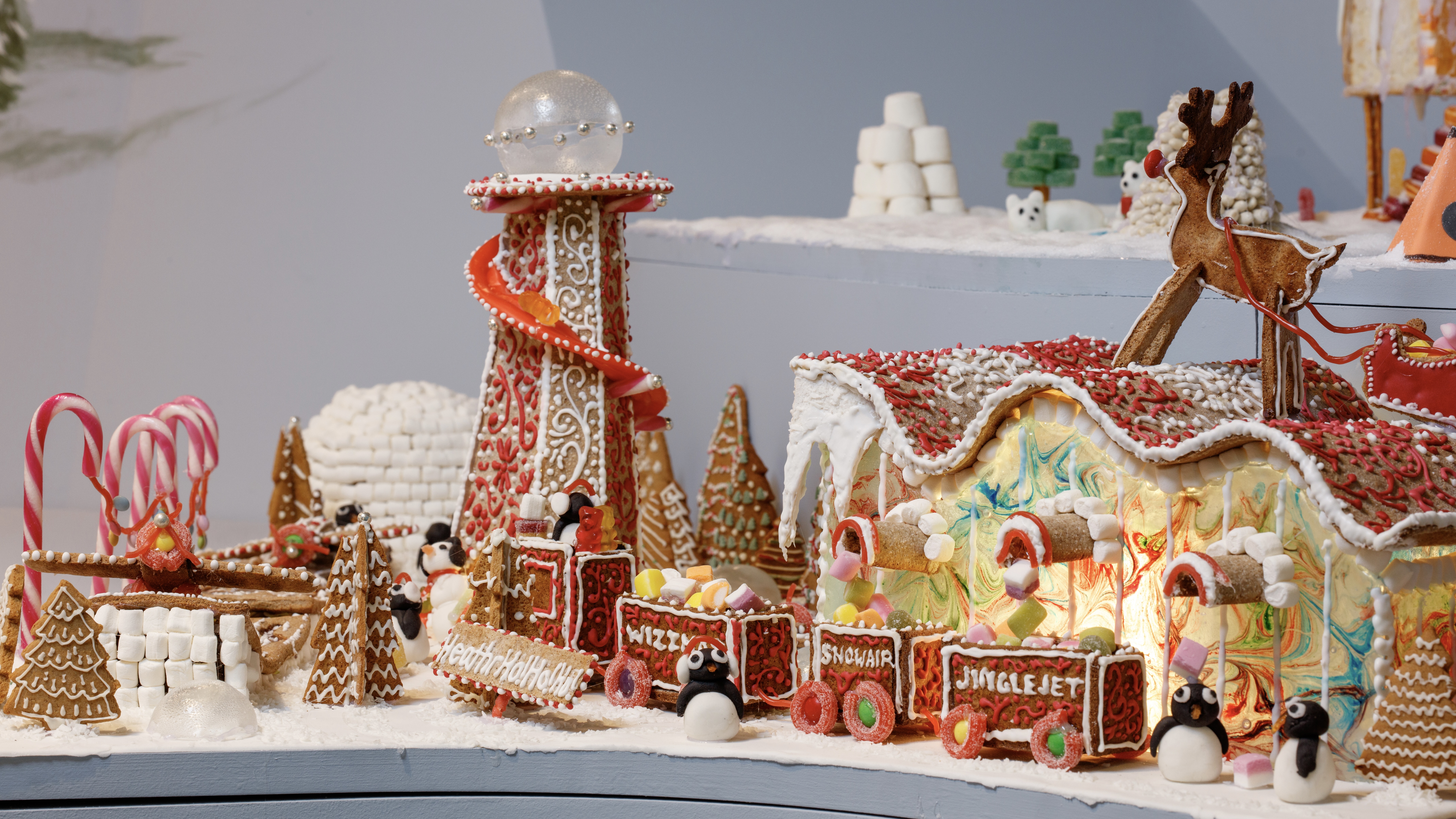 Welcome to The Gingerbread City – a baked metropolis exploring the idea of urban ‘play’
Welcome to The Gingerbread City – a baked metropolis exploring the idea of urban ‘play’The Museum of Architecture’s annual exhibition challenges professionals to construct an imaginary, interactive city entirely out of gingerbread
-
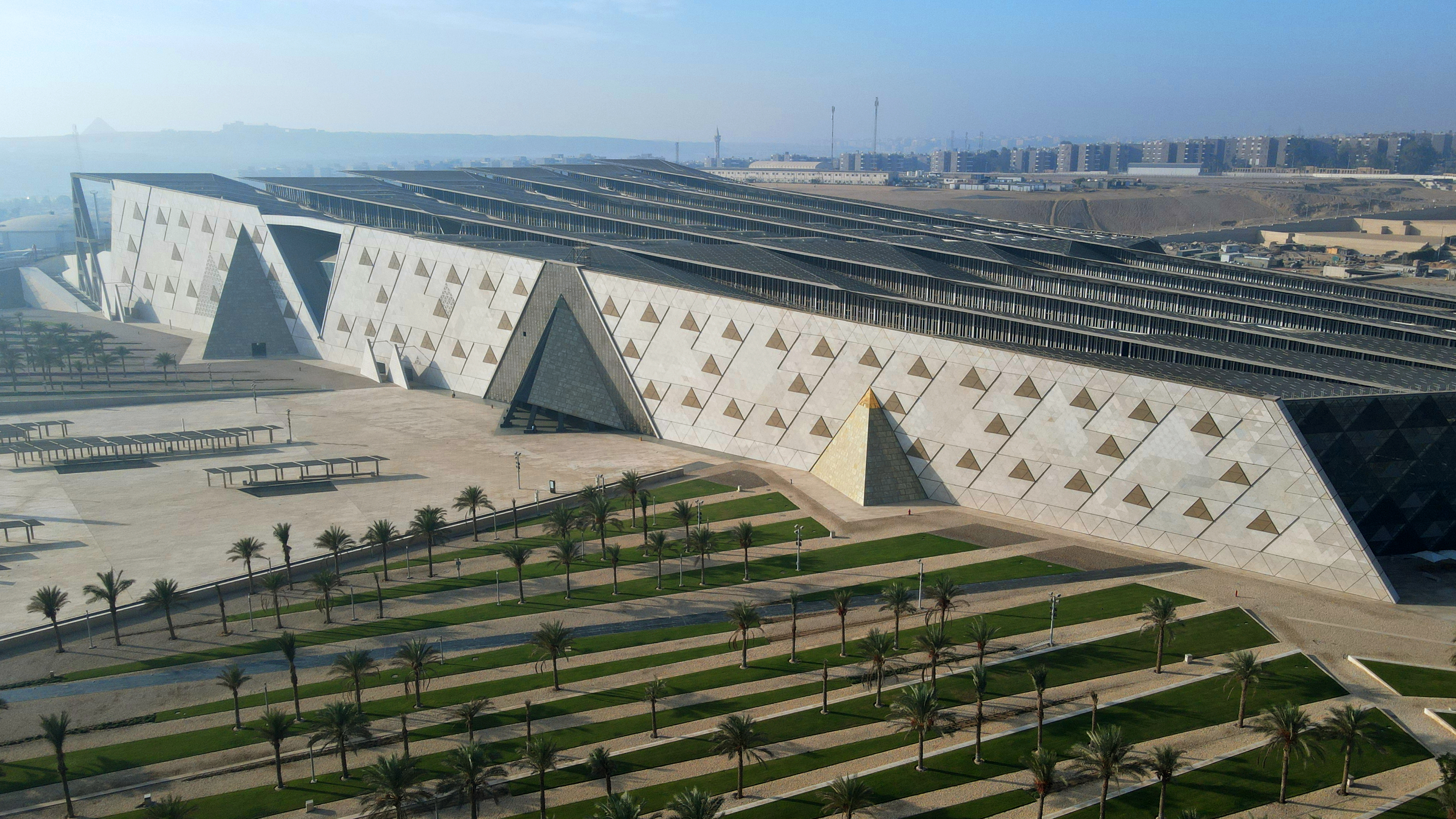 The Grand Egyptian Museum – a monumental tribute to one of humanity’s most captivating civilisations – is now complete
The Grand Egyptian Museum – a monumental tribute to one of humanity’s most captivating civilisations – is now completeDesigned by Heneghan Peng Architects, the museum stands as an architectural link between past and present on the timeless sands of Giza
-
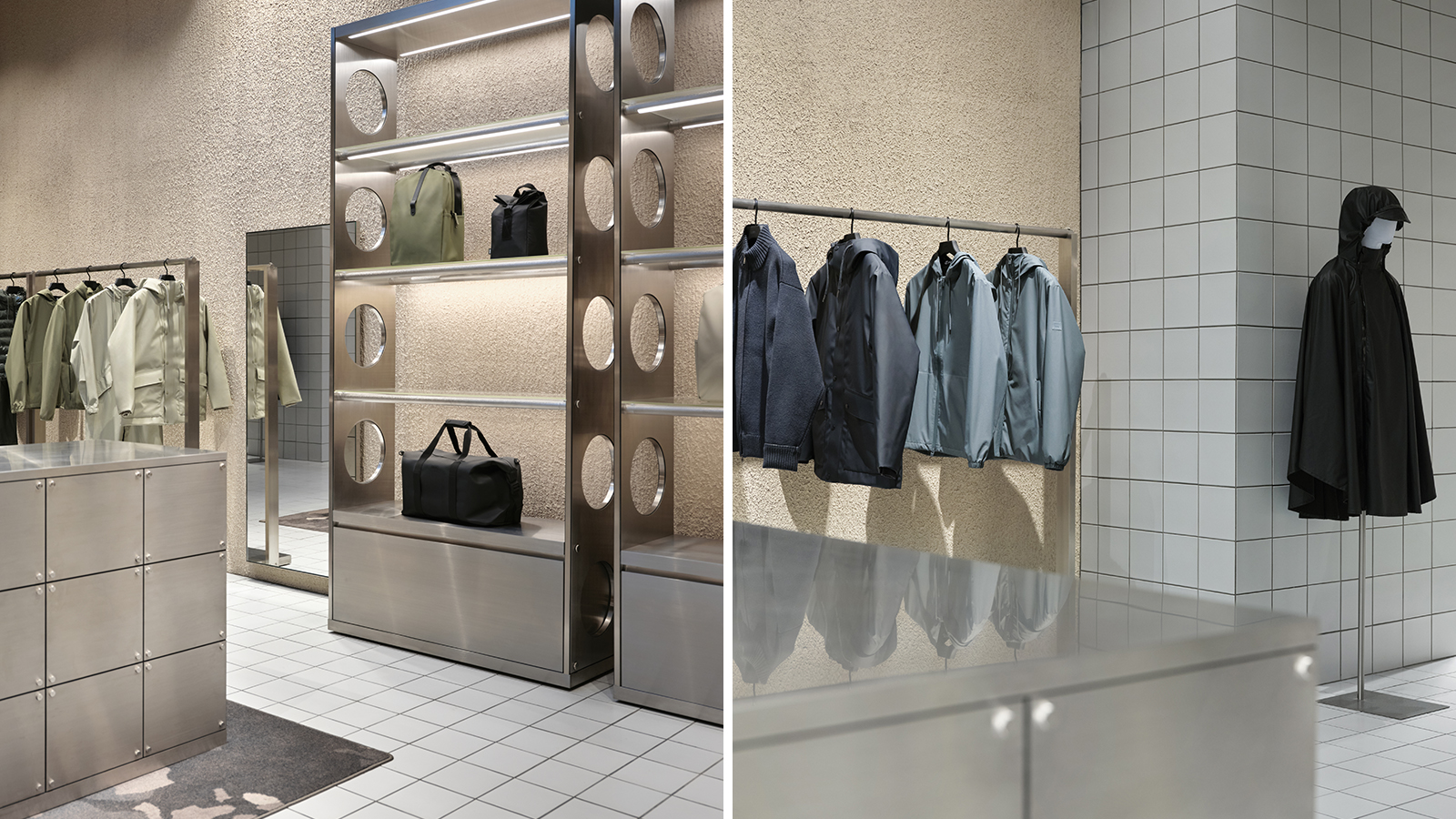 Rains Amsterdam is slick and cocooning – a ‘store of the future’
Rains Amsterdam is slick and cocooning – a ‘store of the future’Danish lifestyle brand Rains opens its first Amsterdam flagship, marking its refined approach with a fresh flagship interior designed by Stamuli
-
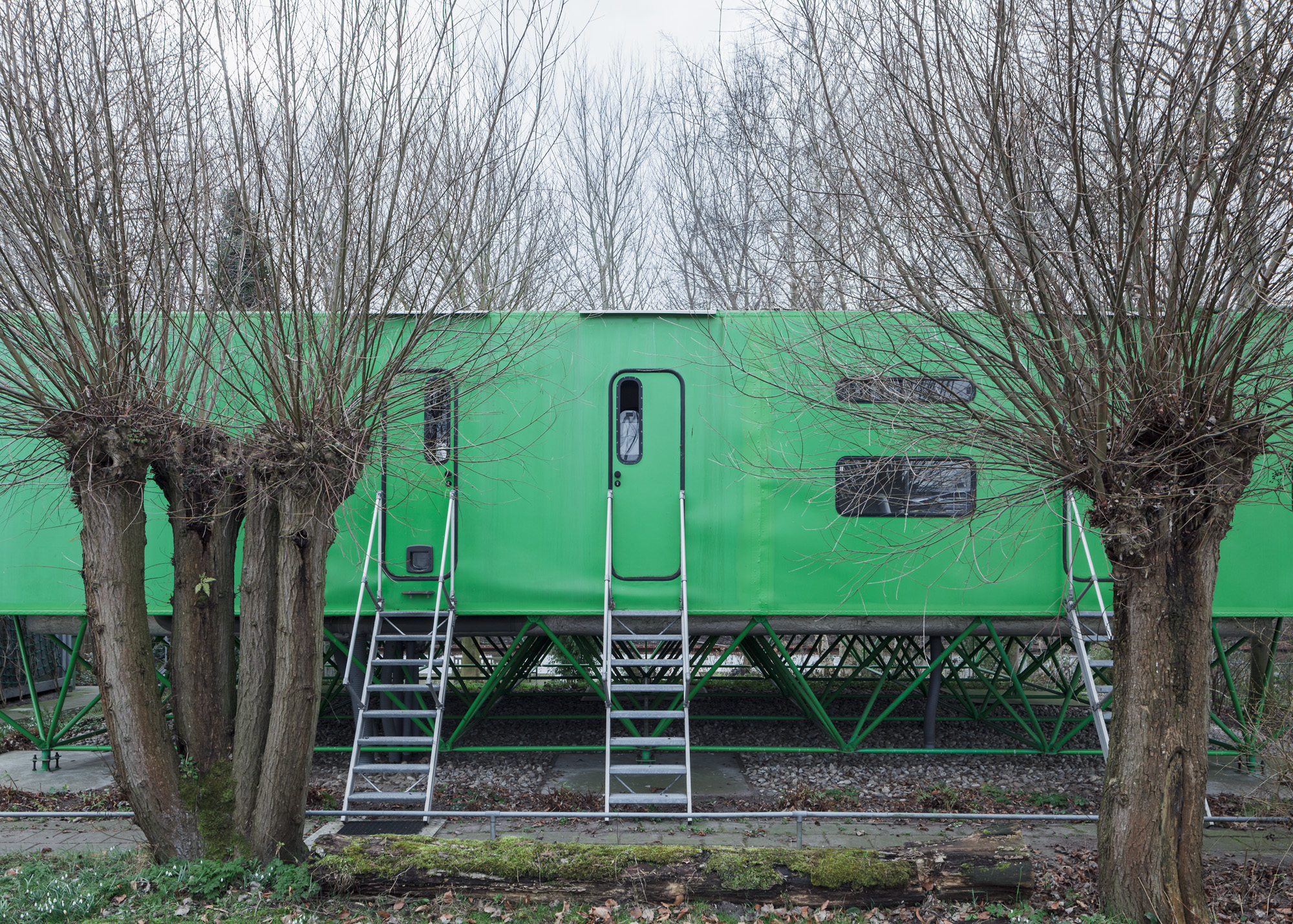 Flat-out brilliance: three Dutch houses that celebrate the horizontal
Flat-out brilliance: three Dutch houses that celebrate the horizontalThese three Dutch houses, built between the 1980s and the 2020s, blend seamlessly into the flat landscapes of the low country
-
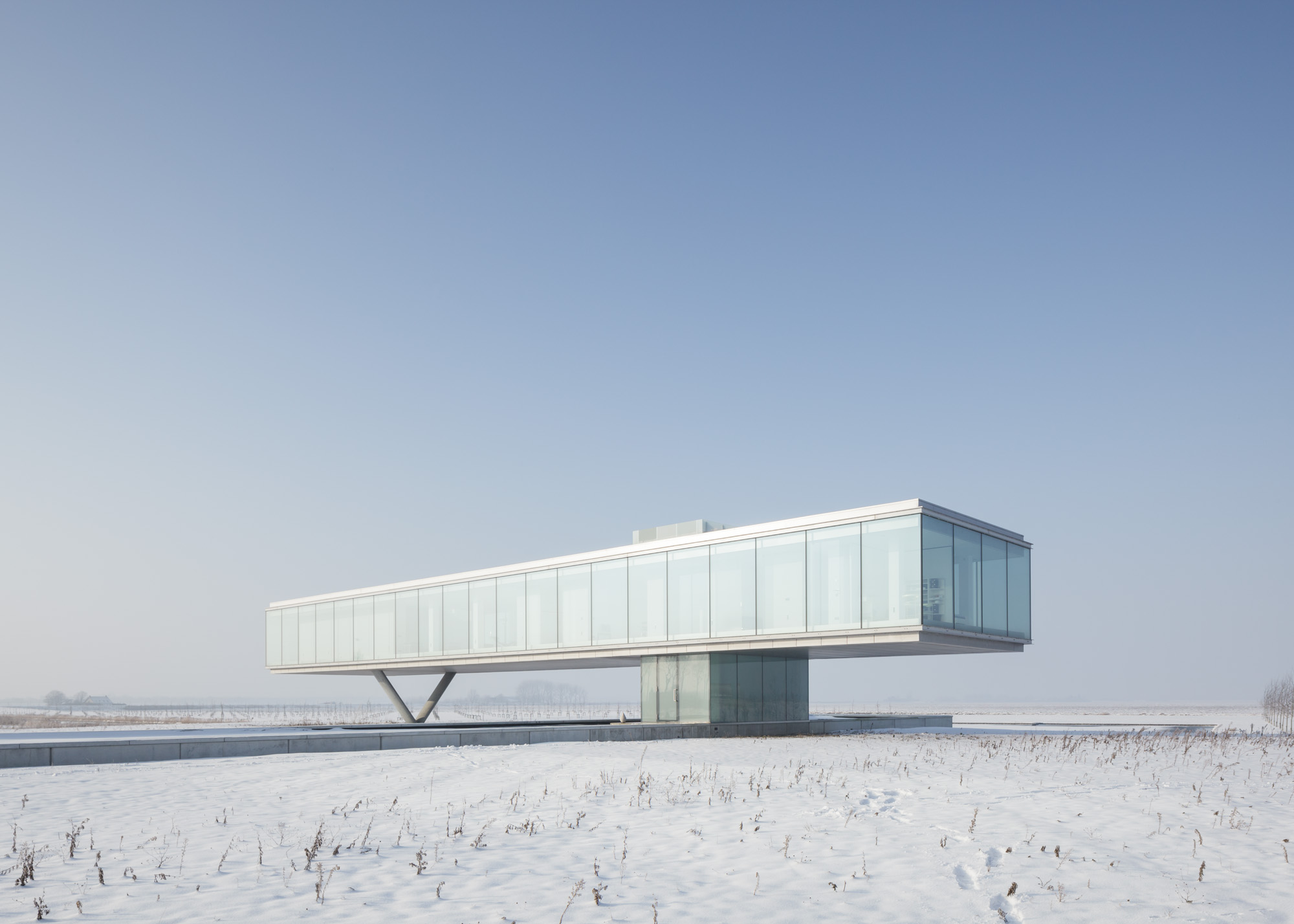 Explore a Dutch house which reframes brutalist architecture’s relationship with nature
Explore a Dutch house which reframes brutalist architecture’s relationship with natureA Dutch house by architect Paul de Ruiter is perfectly at one with the flatlands of the Netherlands; we dig into the Wallpaper* archive to revisit this unapologetic, sharp-angled streak across the landscape
-
 Discover a Jan Benthem-designed, 1980s High-Tech capsule house created in under a week
Discover a Jan Benthem-designed, 1980s High-Tech capsule house created in under a weekHow a small house by architect Jan Benthem in the Netherlands raised the stakes for High-Tech architecture and fuelled a self-build revolution; we dig into our archives for a Wallpaper* classic, first published in May 2014
-
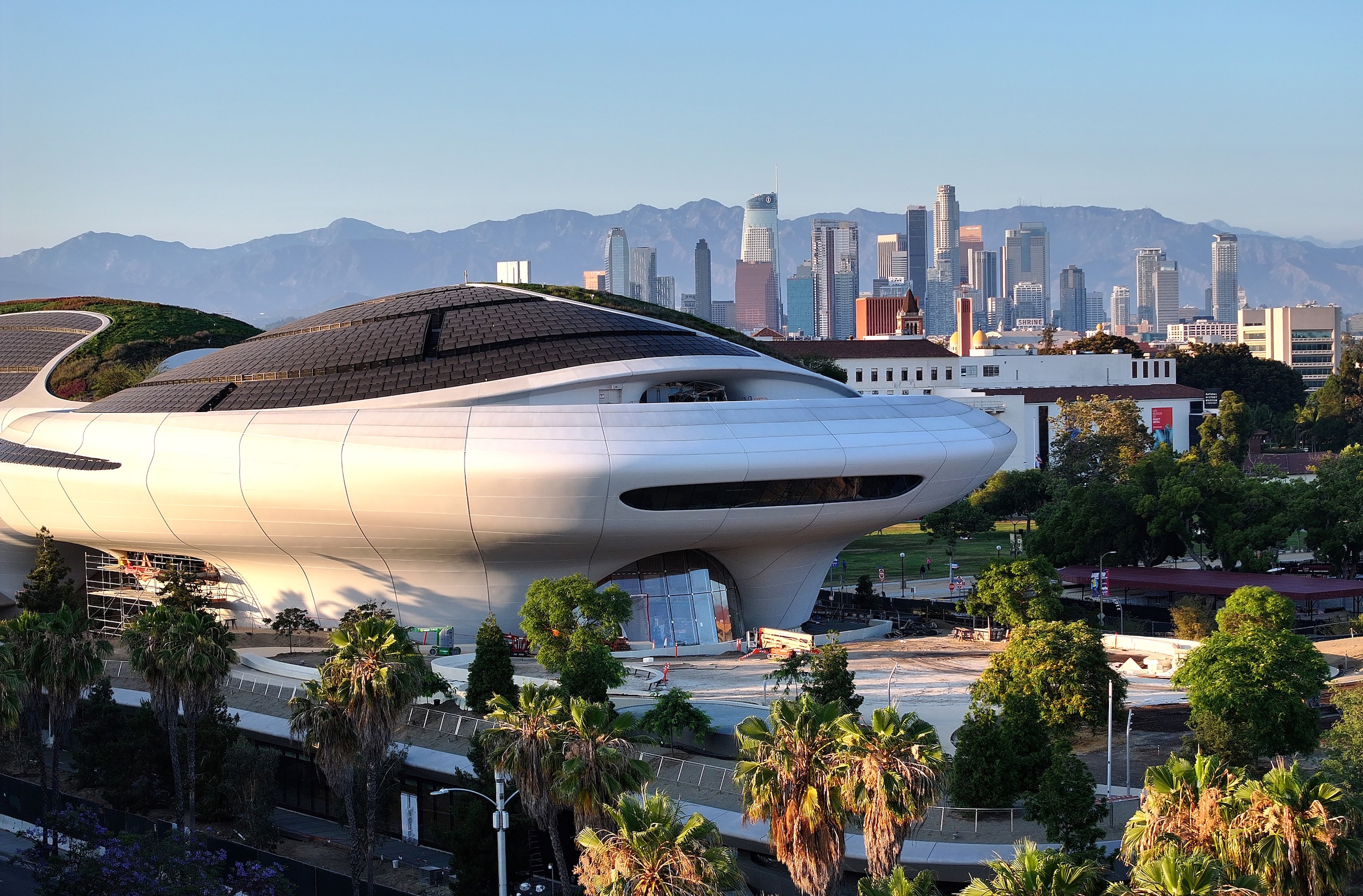 George Lucas’ otherworldly Los Angeles museum is almost finished. Here’s a sneak peek
George Lucas’ otherworldly Los Angeles museum is almost finished. Here’s a sneak peekArchitect Ma Yansong walks us through the design of the $1 billion Lucas Museum of Narrative Art, set to open early next year
-
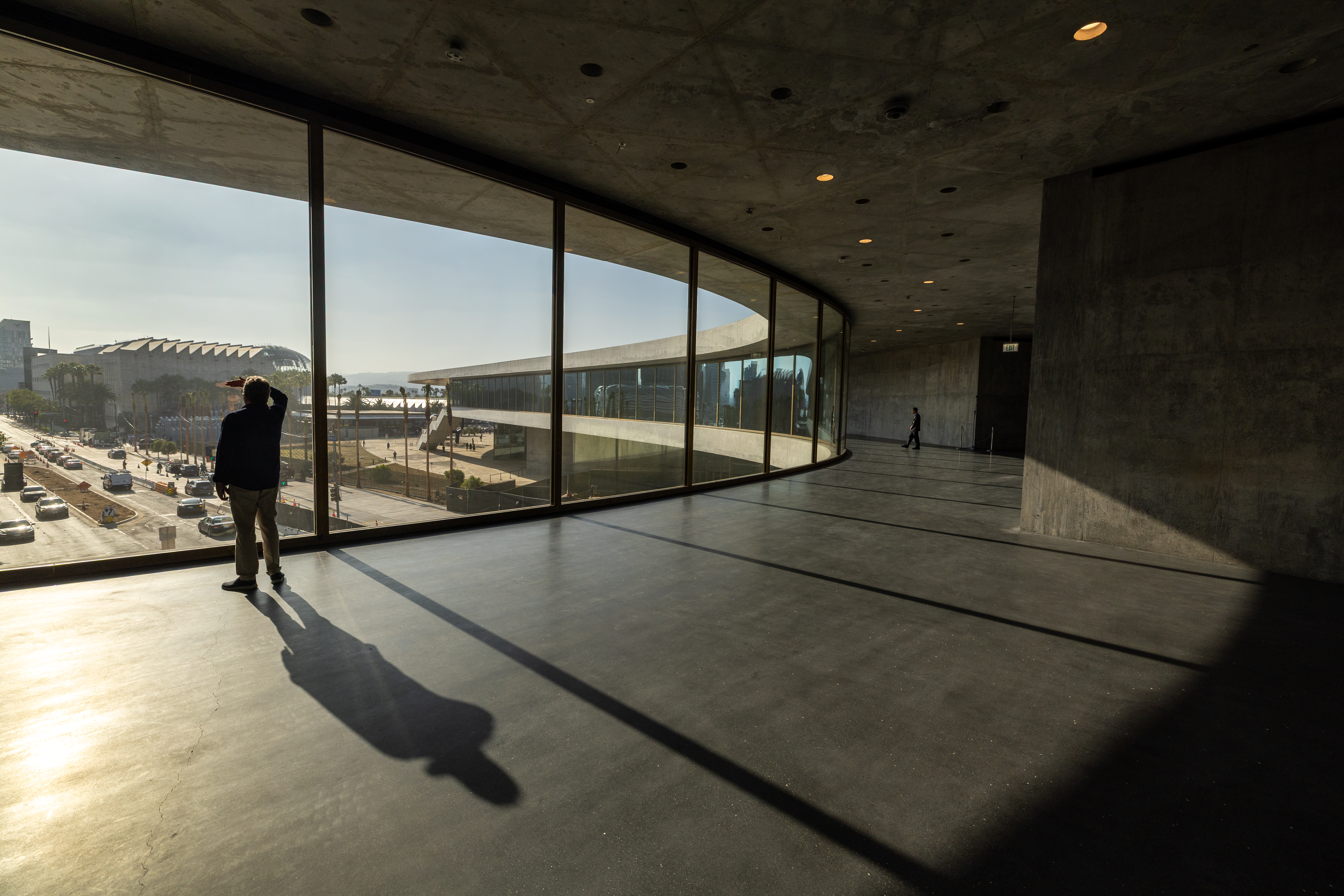 The great American museum boom
The great American museum boomNine of the world’s top ten most expensive, recently announced cultural projects are in the US. What is driving this investment, and is this statistic sustainable?